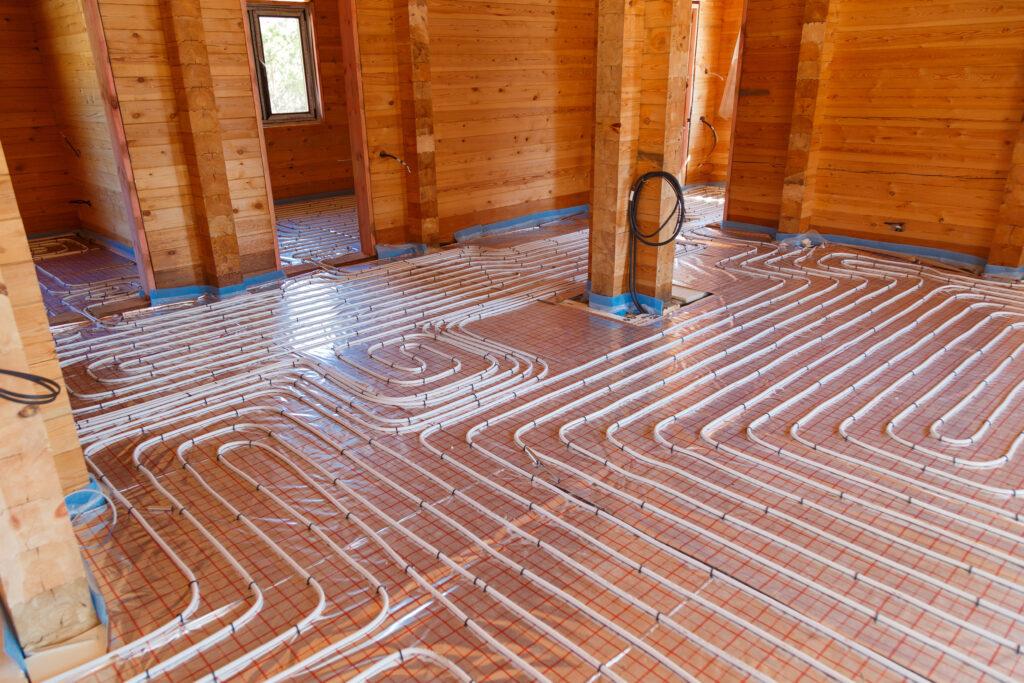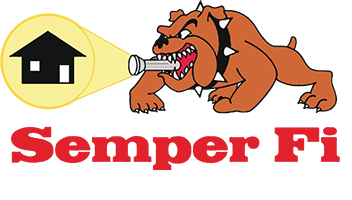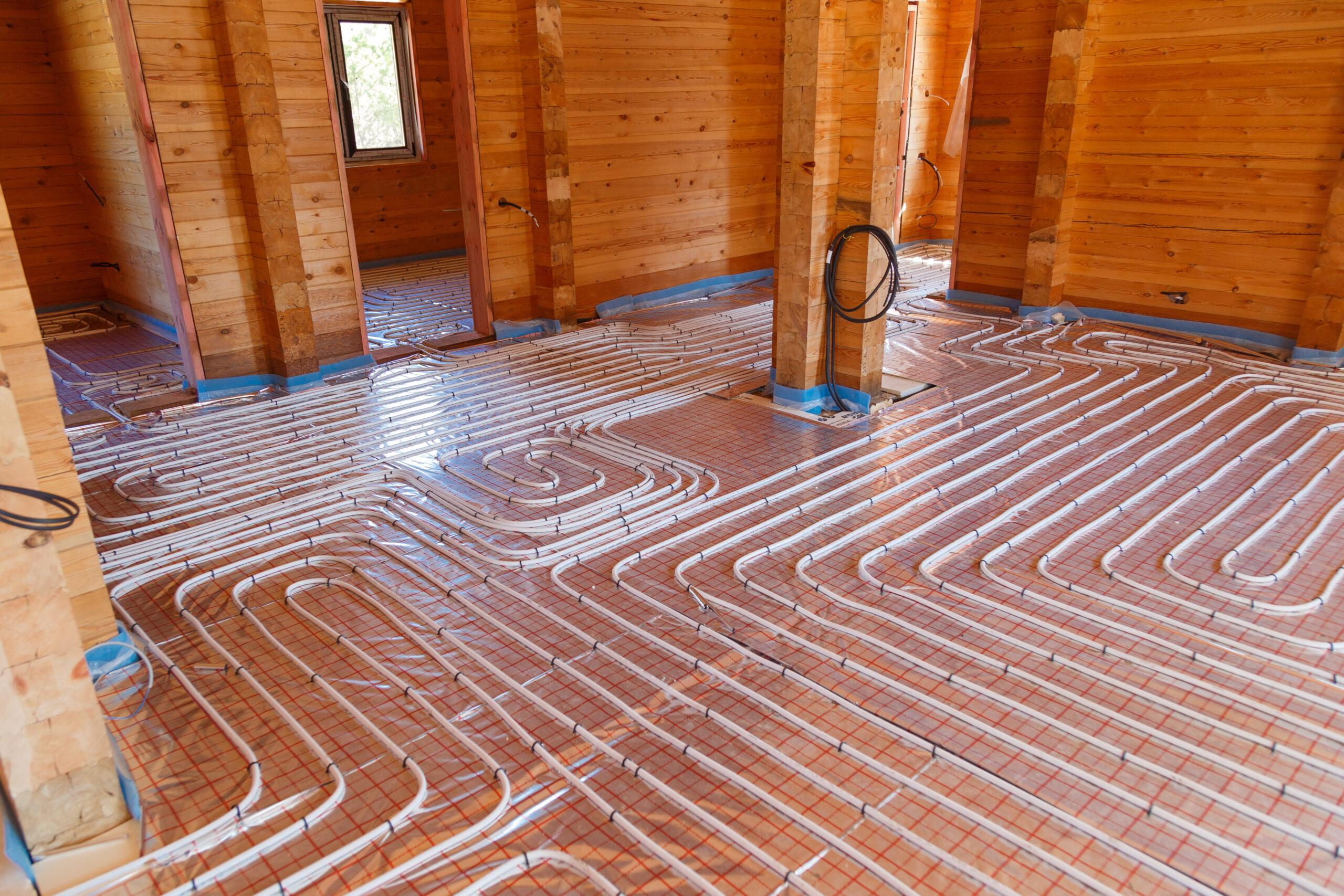Radiant floor heating seems to be gaining popularity every year, not just in new construction but also in remodels.
Radiant systems are usually supplementary to the home’s main heating system. In milder climates, however, they could suffice as the primary heat source. Installed under flooring, such as tile or wood, they warm the floor and the room as heat rises and are especially loved in bathrooms and kitchens.

There are three basic types of radiant floor heat:
- radiant air floors (air is the heat-carrying medium, and is not as effective)
- electric radiant floors, and
- hot water (hydronic) radiant floors.
The last two are the ones that most property owners are familiar with, but the hydronic (liquid) floors are by far the most popular – and the most cost-effective.
Additionally, each of these types of radiant flooring can be categorized by two types – those that make use of the large thermal mass of a concrete slab floor or lightweight concrete over a wooden subfloor are called “wet installations,” and those in which the installer “sandwiches” the radiant floor tubing between two layers of plywood or attaches the tubing under the finished floor or subfloor are called “dry installations.”
You probably know that you need to have your furnace and air conditioning systems cleaned and tuned up each year to keep them running at their best. But since it doesn’t have filters to change and ducts to clean, you may not realize that your radiant heating system needs to be regularly inspected and maintained as well.
One of the red flags that can tell you there may be an issue with your radiant floor heating system is cold spots on your floor where no heat is being felt. This usually means something in the system is not working properly.
Your HVAC technician can do an annual maintenance check of your system at the same time they preform an annual inspection of your heating and cooling systems.
For hydronic systems, the professional will start by checking the pressure in your system. If the pressure is low, there’s a leak in the pipes, which is problematic for several reasons:
- Systems operating at low pressure are not working efficiently, which increases energy consumption and runs up your utility bills.
- Repairs may be easy to fix, depending upon the type of pipe you have. Copper is usually easy to repair. A steel pipe, however, may have corrosion that requires the entire pipe to be replaced.
- If you have a water-based radiant heat system, leaking pipes lead to corrosion and rust that can mean much more serious problems.
The other important component that needs to be checked in a radiant floor heating system is the pump. Normally it operates so quietly that you don’t even know it’s there. But if it starts getting louder, it may be a sign of a problem.
Your HVAC pro will clean the pump and check the condition of the pressure release valve and reducing valve. Failure of these valves is the main reason that pumps need to be replaced. If yours is in poor condition, your tech can replace parts and prevent your system from going down on the coldest day of the year.
Electrical radiant heat systems are typically used as supplemental heating for most homes, often installed in a small bathroom. They typically don’t require much maintenance since they are used on-demand and do not contain moving parts. Since they are controlled by a thermostat, usually the only maintenance needed is checking the batteries in the thermostat.
Take care of your radiant heat and it will keep your home or business toasty and comfortable for many years to come.
For commercial property inspections in the Dallas/Fort Worth area, including a thorough and informative home inspection report, learn more at
or request a quote for a commercial inspection at
682-351-2267



